6- Inch Barrel vs. 4- Inch Barrel for Hiking Choosing the Right Length for Your Outdoor Adventure
When it comes to hiking, especially in areas where encountering wildlife or venturing into remote regions is common, carrying an arm for protection can be a consideration. One of the most batted aspects of choosing an arm for hiking is barrel length — specifically, whether a 6-inch or 4-inch barrel is the better choice. Both options have their advantages and disadvantages, depending on the type of hiking you are doing and your particular preferences.
Why Barrel Length Matters When Hiking
The choice between a 6-inch and 4-inch barrel isn’t just about aesthetics or particular preference. It directly impacts several important factors that can affect your hiking experience and overall safety.In this comprehensive companion, we’ll explore the pros and cons of 6-inch and 4-inch barrel lengths for hiking, covering motifs like weight, delicacy, ease of carry, and more. This information will help you make an informed decision about the ideal barrel length for your hiking needs.
Impact on Weight and Carry Comfort
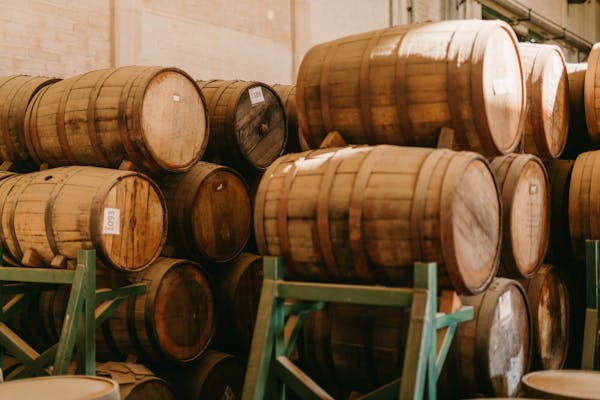
Longer Barrels Add Weight
A 6-inch barrel will naturally add further weight to your arm compared to a 4-inch barrel. For trampers who prioritize light gear, this could make a significant difference in comfort over long distances. Redundant weight can lead to fatigue, especially on steep or uneven terrain.
Conciseness for Easy Carry
6- Inch Barrel vs. 4- Inch Barrel for Hiking. A 4-inch barrel is more compact, making it easier to carry, especially when hiking in thick timbers or rough terrain. The shorter barrel length makes it less likely to get caught on branches or encounter, allowing for a more comfortable hiking experience.
Delicacy and Precision Does Barrel Length Make a Difference?
Advanced delicacy with Longer Barrels
A 6-inch barrel offers better delicacy due to the longer sight compass. This can be an advantage in situations where precise firing is necessary, similar to when aiming at a small target. The redundant length also increases pellet haste, which can enhance performance.
Acceptable delicacy with a 4- Inch Barrel
While a 4-inch barrel may not give the same position of delicacy as a 6-inch barrel, it still offers acceptable perfection for utmost tone-defense situations encountered while hiking. The shorter length may be a reasonable trade-off for those who prefer lighter, more compact arms.
Comparing the 6- Inch Barrel vs. 4- Inch Barrel for Hiking
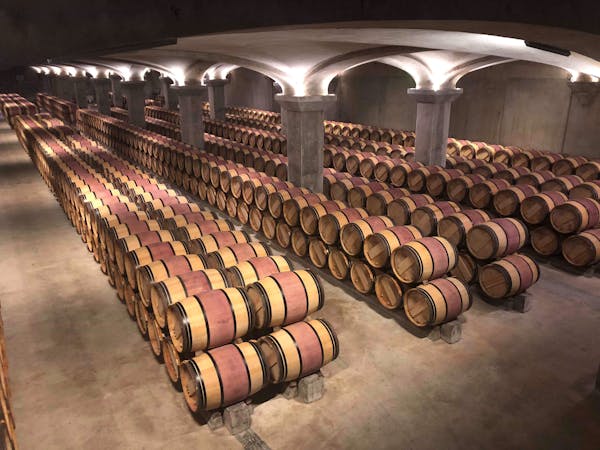
Let’s break down the primary differences between 6-inch and 4-inch barrels in the environment of hiking. This comparison will help punctuate which length is more suited to colorful hiking scripts.
Why Barrel Length Matters When Hiking
- Impacts weight, accuracy, recoil, and ease of carry.
- The choice depends on hiking style, terrain, and wildlife presence.
6-Inch Barrel
- Advantages: Better accuracy, higher muzzle velocity, easier recoil control.
- Disadvantages: Heavier, bulkier, harder to maneuver in dense areas.
4-Inch Barrel
- Advantages: Lighter, more compact, easier to carry over long distances.
- Disadvantages: Slightly less accuracy and muzzle velocity, increased recoil.
Situational Recommendations
- Bear Country: 6-inch for added power and accuracy.
- Casual Hikes/Backpacking: 4-inch for lightweight and easy carry.
Holster Options
- 4-Inch Barrel: Hip holsters for easy access, chest holsters for dense terrain.
- 6-Inch Barrel: Shoulder holsters for comfort, drop-leg holsters for accessibility.
Portability and Ease of Carry
Inch Barrel More movable and Accessible
The compact size of a 4-inch barrel arm makes it easier to carry, especially when covering long distances. It can be worn in a hipsterism holster or carried in a pack without causing discomfort. For trampers who value mobility, this option is ideal.
Inch Barrel Heavier and largish
An arm with a 6-inch barrel is largish and may be more clumsy to carry. This can be particularly conspicuous when navigating thick leafage or climbing steep pitches. The redundant length may bear a more secure holster to avoid shifting.
Firearm Performance Accuracy, Recoil, and Muzzle Velocity
Longer Barrels Increase pellet haste
With a 6-inch barrel, you get increased nib haste, which translates to further kinetic energy when the pellet strikes the target. This can be important for tone- defense against larger wildlife. The added haste also tends to ameliorate delicacy over longer distances.
Recoil Management with a Shorter Barrel
The flinch difference between 6-inch and 4-inch barrels is frequently subtle. Still, the shorter barrel may have a slightly further perceived flinch, depending on the arm model. Flinch-sensitive trampers might find a 6-inch barrel easier to control.
Situational Considerations When to Choose a 6- Inch vs. 4-Inch Barrel
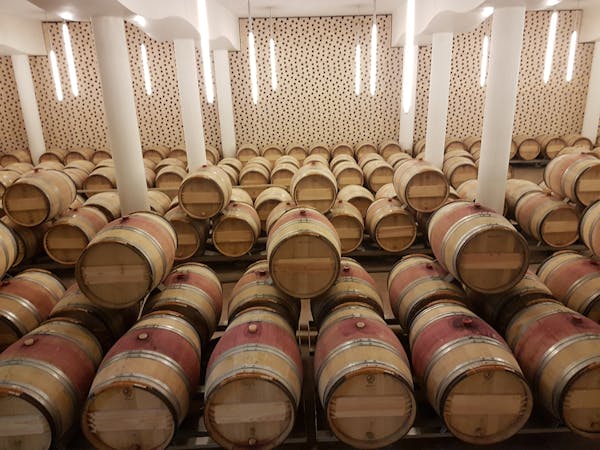
The decision between a 6-inch and 4-inch barrel can depend on the specific hiking conditions and your intended use for the arm. Consider the following scripts to help decide which option suits you stylishly.
Hiking in Bear Country or Wildlife Areas
Advantages of a 6-Inch Barrel for Dangerous Wildlife
When hiking in regions known for large bloodsuckers, similar to bears or mountain Napoleons, a 6-inch barrel may offer a slight advantage. The increased delicacy and pellet haste could be critical in a protective situation. The redundant weight is a reasonable trade-off for added stopping power.
When a 4- Inch Barrel is Sufficient
In areas with less dangerous wildlife, a 4-inch barrel may still be effective for tone defense. It allows for faster draw time and is less tiring to carry over long hikes.
Backpacking and Long-Distance Hiking
4-Inch Barrel for Lightweight Packing
When your thing is to cover long distances, every ounce counts. A 4-inch barrel will add lower weight to your pack, allowing you to move more freely and reduce fatigue.
6- Inch Barrel for Extra Peace of Mind
Still, a 6-inch barrel can still be a good choice for long-distance hiking, If you don’t mind a slightly heavier pack and prefer having the redundant delicacy and power. It’s a matter of balancing weight with performance.
Holster Options for 6- Inch and 4- Inch Barrels
Choosing the right holster is essential for carrying an arm while hiking. The holster should give comfort, easy access, and security. The length of your barrel will impact your holster options.
Holster Choices for a 4-inch Barrel
hipsterism Holsters for Quick Access
With a 4-inch barrel, hipsterism holsters are a popular choice because they give easy access and are less big. This makes them ideal for hiking in areas where drawing your arm snappily may be necessary.
Casket Holsters for thick Terrain
Casket holsters keep the arm accessible while hiking in thick foliage or climbing steep pitches. They help the arm from getting caught on branches.
Holster Choices for a 6-Inch Barrel
Shoulder Holsters for Larger Arms
Shoulder holsters are suitable for carrying larger arms with 6-inch barrels. They distribute the weight across your shoulders, making it more comfortable to carry over long distances.
Drop-Leg Holsters for Easy Access
Drop-leg holsters offer quick access, which is useful if you need to draw your arm snappily in a tone-defense situation. They also accommodate the longer barrel without discomfort.
Difference Table
| Feature | 6-Inch Barrel | 4-Inch Barrel |
| Weight | Heavier, adds to pack load | Lighter, easier to carry |
| Accuracy | Higher due to longer sight radius | Acceptable but slightly less precise |
| Muzzle Velocity | Higher, suitable for larger wildlife | Lower but sufficient for most defense |
| Recoil Management | Easier control due to added weight | Slightly more noticeable recoil |
| Portability | Bulkier, less maneuverable in dense areas | Compact, easier to carry over distance |
Pros and Cons A Quick Comparison of 6- Inch and 4-Inch Barrels
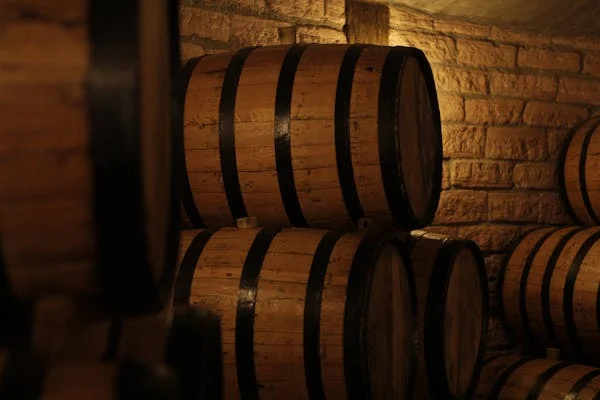
Understanding the advantages and disadvantages of each barrel length will help you make an informed decision.
6-Inch Barrel Pros and Cons
Pros
Better delicacy due to longer sight compass
Advanced pellet haste for increased stopping power
Easier flinch operation with heavier arms
Cons
Heavier and largish, making it less ideal for long-distance hikes
further grueling to carry in thick terrain
4-Inch Barrel Pros and Cons
Pros
snipper snapper and easier to carry over long distances
Compact size, ideal for navigating through thick leafage
Faster draw time for tone-defense situations
Cons
Slightly lower delicacy and pellet haste compared to 6-inch barrels
Flinch may be more conspicuous, depending on the arm model
Choosing the Right Barrel Length for Different Types of Trampers
The type of hiking you do and your particular preferences should guide your decision.
Casual trampers
4- Inch Barrel for Day Hikes and Light Backpacking
For those who go on short hikes or don’t venture far from civilization, the lighter and more compact 4-inch barrel is suitable. It’s easy to carry and provides acceptable protection for the utmost situations.
Endured trampers and out-of-door suckers
6- Inch Barrel for Extended passages and Remote locales
Still, the redundant delicacy and power of a 6-inch barrel may be worth the fresh weight, If you constantly hike in remote areas or take over multi-day backpacking passages. It provides added peace of mind when encountering larger wildlife.
Constantly Asked Questions About Hiking with a 6- Inch or 4-Inch Barrel.
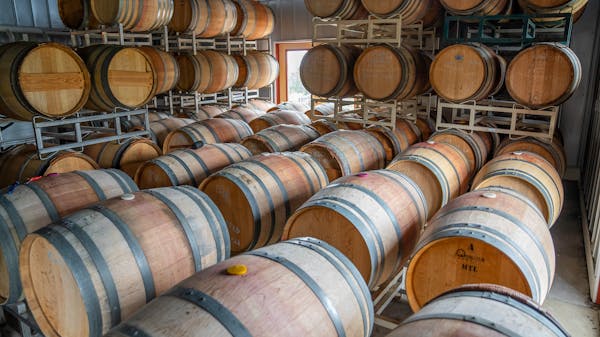
Is a longer barrel always better for delicacy?
Generally, a longer barrel offers better delicacy due to the increased sight compass. Still, the difference may not be significant enough to outweigh the benefits of a lighter, more compact arm in hiking situations.
Does barrel length affect security choice?
Barrel length can impact the performance of different security types. A longer barrel may maximize the haste of certain rounds, while shorter barrels might produce further conspicuous nib flashes.
Which is better for first-time trampers 6- inch or 4- inch?
First-time trampers may prefer a 4- inch barrel due to its lighter weight and ease of carry. It offers a good balance between performance and portability.
FAQs
Q: Does barrel length significantly impact accuracy?
A: Yes, a longer barrel generally offers better accuracy due to an extended sight radius.
Q: Is a 4-inch barrel sufficient for self-defense on hikes?
A: Yes, it provides adequate accuracy and portability, ideal for most hiking situations.
Q: Which barrel length is better for bear country?
A: A 6-inch barrel is recommended for additional accuracy and stopping power.
Q: Does barrel length affect the holster choice?
A: Yes, longer barrels often require shoulder or drop-leg holsters, while shorter ones fit comfortably in hip holsters.
Q: Is there a noticeable difference in recoil between 6-inch and 4-inch barrels?
A: The difference is subtle; however, the 4-inch barrel may have slightly more perceived recoil.
Conclusion
Eventually, the choice between a 6-inch and 4-inch barrel depends on your hiking style, the terrain you’ll encounter, and your comfort with carrying an arm. A 6- 6-inch barrel is ideal for those who prioritize delicacy and are willing to carry redundant weight, while a 4-inch barrel is perfect for trampers seeking a featherlight and accessible option.
Consider the factors bandied in this companion, weigh the pros and cons, and choose the barrel length that stylishly fits your requirements. Both options have their unique benefits, and the right choice will enhance your safety and enjoyment on the trail.
[sp_easyaccordion id=”350″]

